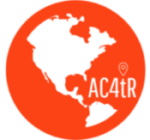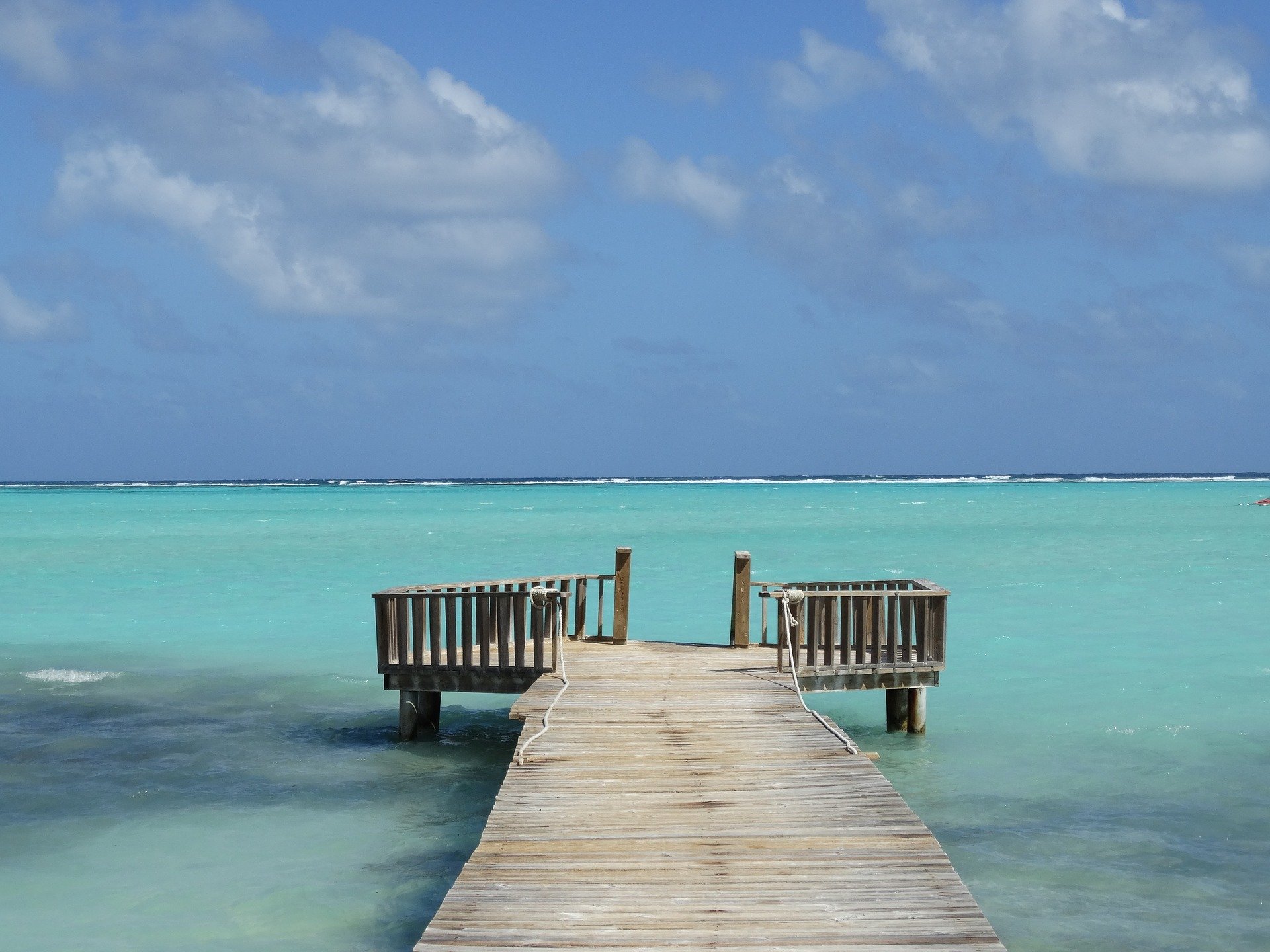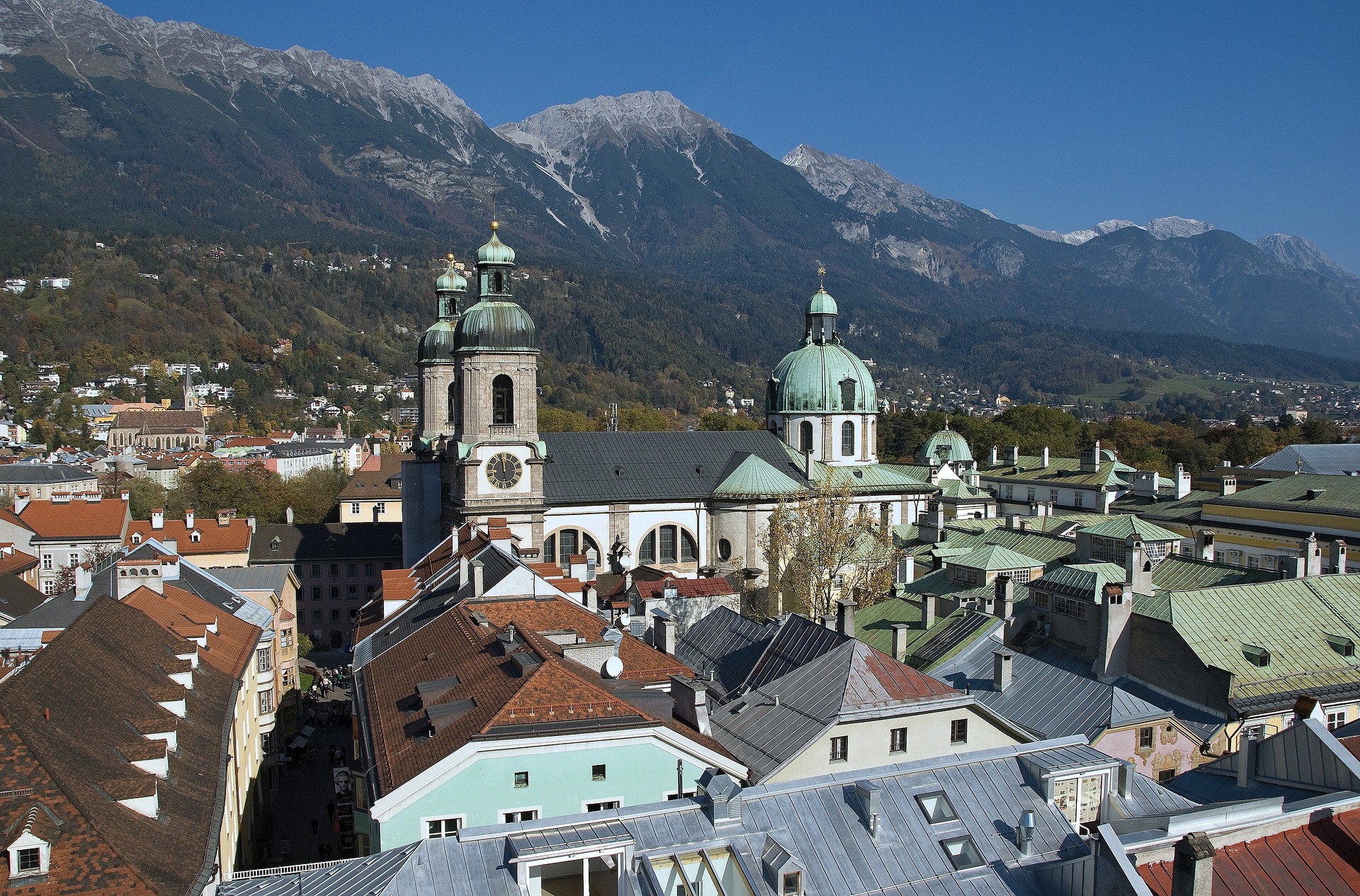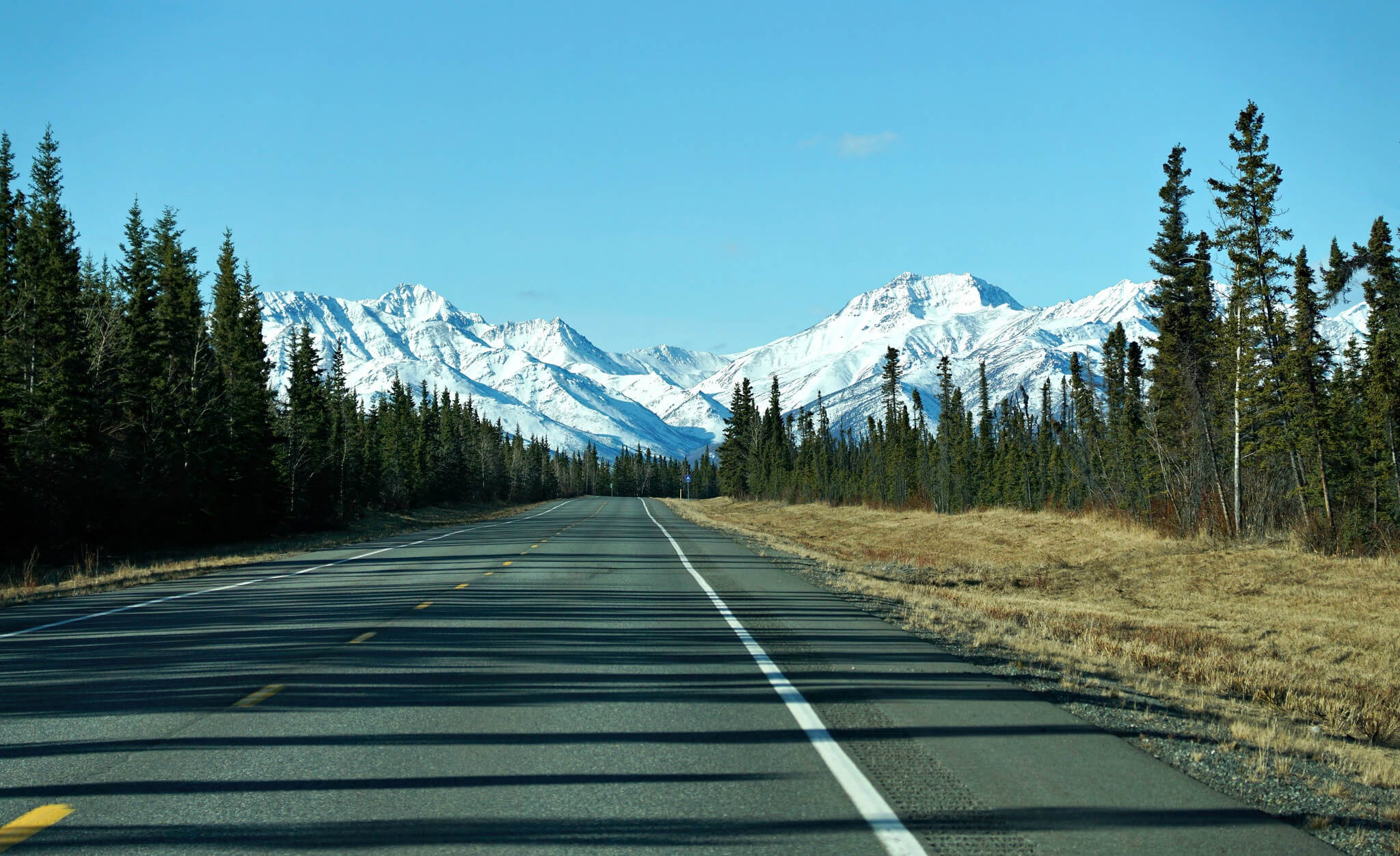Bonaire is one of our favorite places in the world, and a place with some of the most gorgeous beaches throughout the Caribbean. What’s interesting is that the best beaches in Bonaire can all be very different from one another, because despite the relatively small size of the island, the unique current lashes the east coast while wrapping around as much calmer water on the west coast of the island.
The result is a rugged, cliff-filled east Bonaire coast, while the west coast contains the majority of the resorts and places people stay while visiting the island. As we take a look at the many beaches of Bonaire, understand that they’ll all worth visiting, and will only be a short distance away – no matter where you’re at on this small island.
No Name Beach at the uninhabited island of Klein Bonaire
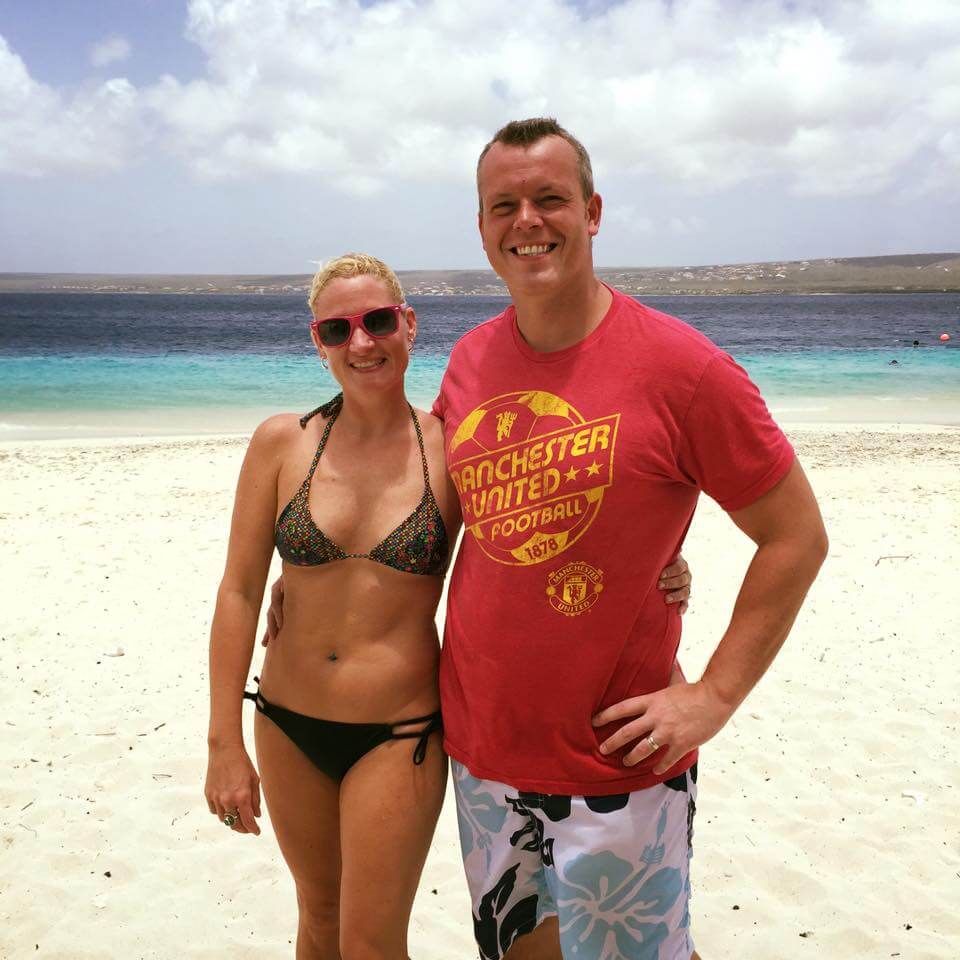
Klein Bonaire is a kidney-shape island just off the west coast of Bonaire that’s literally only a 5-10 minute boat ride from the main shore. While there are no inhabitants, buildings, or facilities, Klein Bonaire is one of the most beautiful places to visit while you’re in Kralendijk – Bonaire’s capitol city.
While you’re staying on the coast, you can take one of two routes to Klein Bonaire (which just means Little Bonaire). Enjoy either the Caribe or Epic Watertaxi at your own speed, per the information found below! Within minutes you’ll be experiencing some of the best snorkeling in the Caribbean.
Caribe Watertaxi
Daily departures from Spice/Eden Beach at 10:30 am/12:30 pm/2:30 pm (plus on Sundays at 9:00 am) and from Karel’s Beach Bar om 10:15 am/12:15 pm/2:15 pm.
Return from Klein Bonaire at 12:45 pm, 2:45 pm and 4:45 pm.
www.caribewatersport.com
Epic Watertaxi
Daily departures from the Nautico Marina located at the boulevard across Restaurant It Rains Fishes at 10.00 am/12.00 pm/02.00 pm.
Return from Klein Bonaire at 12:30 pm, 2:30 pm and 4:30 pm.
www.watertaxikleinbonaire.com
Lac Bay
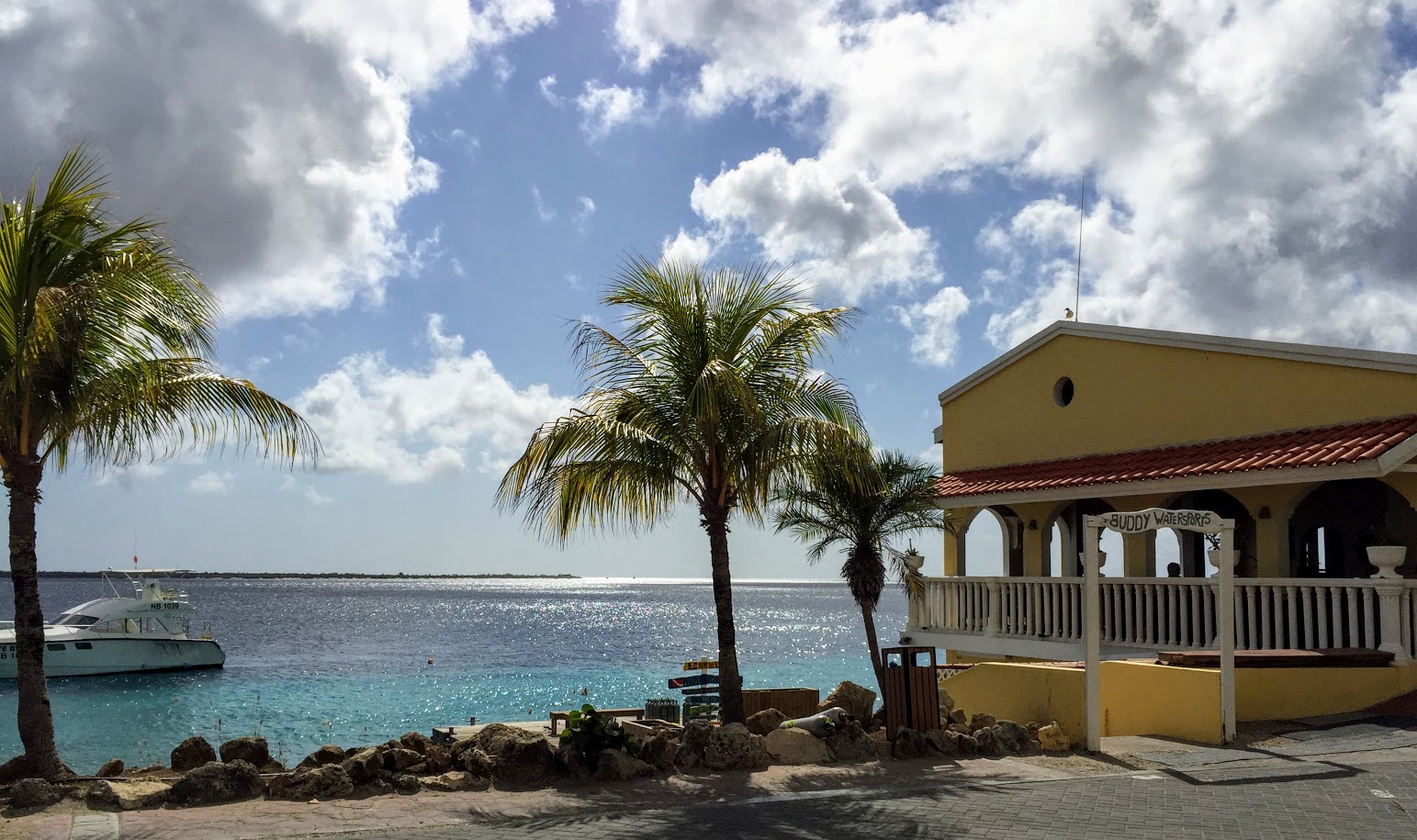
Lac Bay is a beautiful, shallow water area located in South Bonaire. The bay is known for its crystal clear waters and abundance of marine life, making it a popular spot for snorkeling and diving. The bay is surrounded by a large mangrove forest, which provides an important habitat for a variety of bird species, including the endangered pink flamingo.
The bay is also home to a large population of sea turtles, which can often be seen swimming in the waters. The bay is also a popular spot for windsurfing and kitesurfing, due to its consistent trade winds and flat water. The bay is protected as a marine park, and is therefore, a favorite spot for visitors looking for a natural and unspoiled experience. Lac Bay is also known for its strong currents, which can be dangerous for swimmers and divers. In order to protect visitors and the local marine life, a number of regulations have been put in place, including designated swimming and diving areas, and a ban on the use of sunscreens and other personal care products that contain chemicals harmful to marine life.
The bay is also home to a number of local businesses that offer a variety of services, including boat rentals, snorkeling and diving tours, and windsurfing and kitesurfing lessons. Visitors can also find a number of local restaurants and bars in the area, which offer traditional Caribbean cuisine and a variety of refreshing drinks.
Te Amo Beach
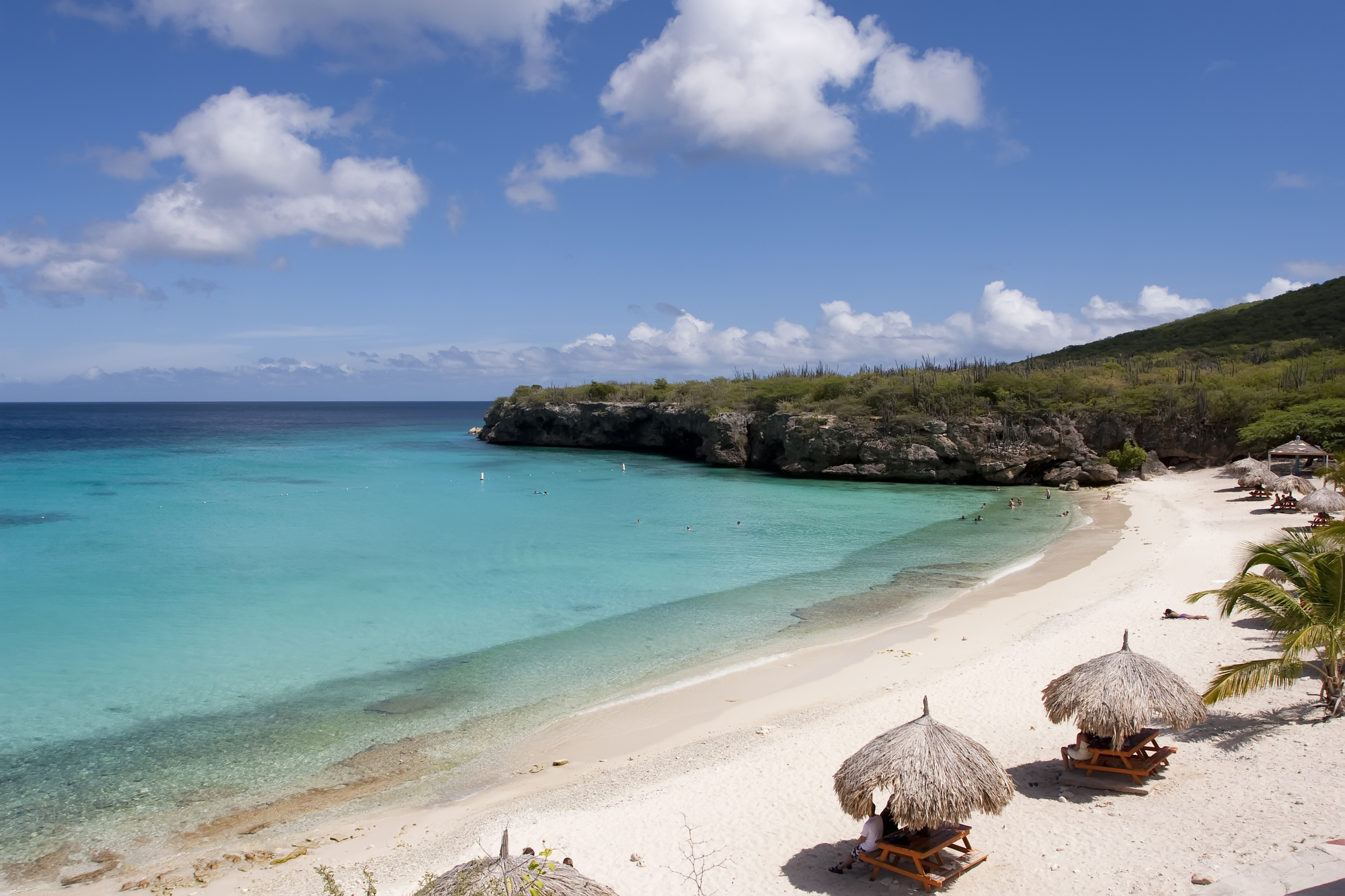
Te Amo Beach in Bonaire is a hidden gem on the island, known for its crystal clear waters and pristine white sandy beaches. The beach is located on the western coast of the island, and is a popular spot for snorkeling and diving. The waters around Te Amo Beach are known for their vibrant coral reefs and diverse marine life, making it a perfect spot for those who love to explore the underwater world.
The beach itself is small and secluded, with a few palm trees and a few picnic tables for visitors to use. The water is crystal clear, and the sand is white and soft, making it the perfect spot to relax and soak up the sun. The beach is surrounded by rocky cliffs, which provide a picturesque backdrop for visitors.
Te Amo Beach is also home to a number of sea turtles, which are known to nest on the beach. Visitors are asked to be respectful of the turtles and their nests, and to not disturb them while they are nesting. The beach is also a popular spot for bird watching, as there are a number of different species of birds that can be found in the area.
The best time to visit Te Amo Beach is in the early morning or late afternoon, when the crowds are smaller and the sun is not as intense. The water is usually warm and clear, making it perfect for swimming and snorkeling. The beach is also accessible by car, and there is a small parking lot located nearby.
Bachelor’s Beach
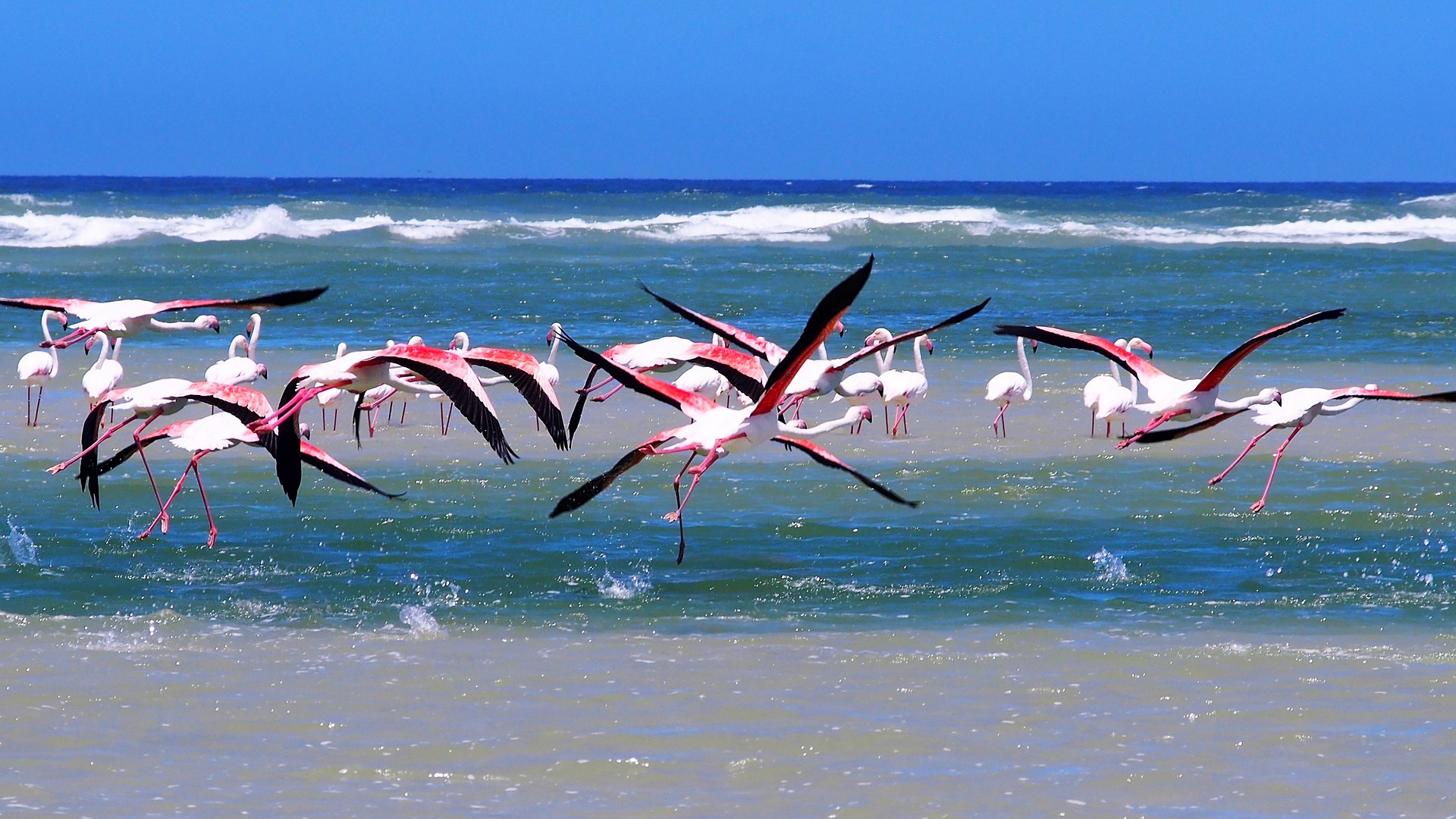
Bachelor’s Beach is located on the south side of the island, near the town of Kralendijk. It is easily accessible by car or bike, and there is ample parking available for visitors. The beach is also a popular spot for snorkeling and diving, as the waters around Bonaire are known for their clear visibility and diverse marine life.
The beach itself is quite secluded, with few buildings or other distractions. The sand is soft and powdery, and the water is a bright turquoise blue. There are a few palm trees along the beach, providing shade for those who want to escape the sun for a while. The beach is also a great spot for swimming, as the water is warm and calm.
One of the most popular activities at Bachelor Beach is diving. The beach is located close to several popular dive sites, including the Hilma Hooker, a shipwreck that sits just offshore. The Hilma Hooker is a popular spot for scuba diving, as it is home to a wide variety of marine life, including schools of tropical fish, sea turtles, and even octopus.
Another popular activity at Bachelor Beach is snorkeling. The waters around Bonaire are known for their clear visibility, and the beach is a great spot to explore the underwater world. There are a variety of different snorkeling trips available, ranging from beginner-friendly to more advanced dives.
Donkey Beach
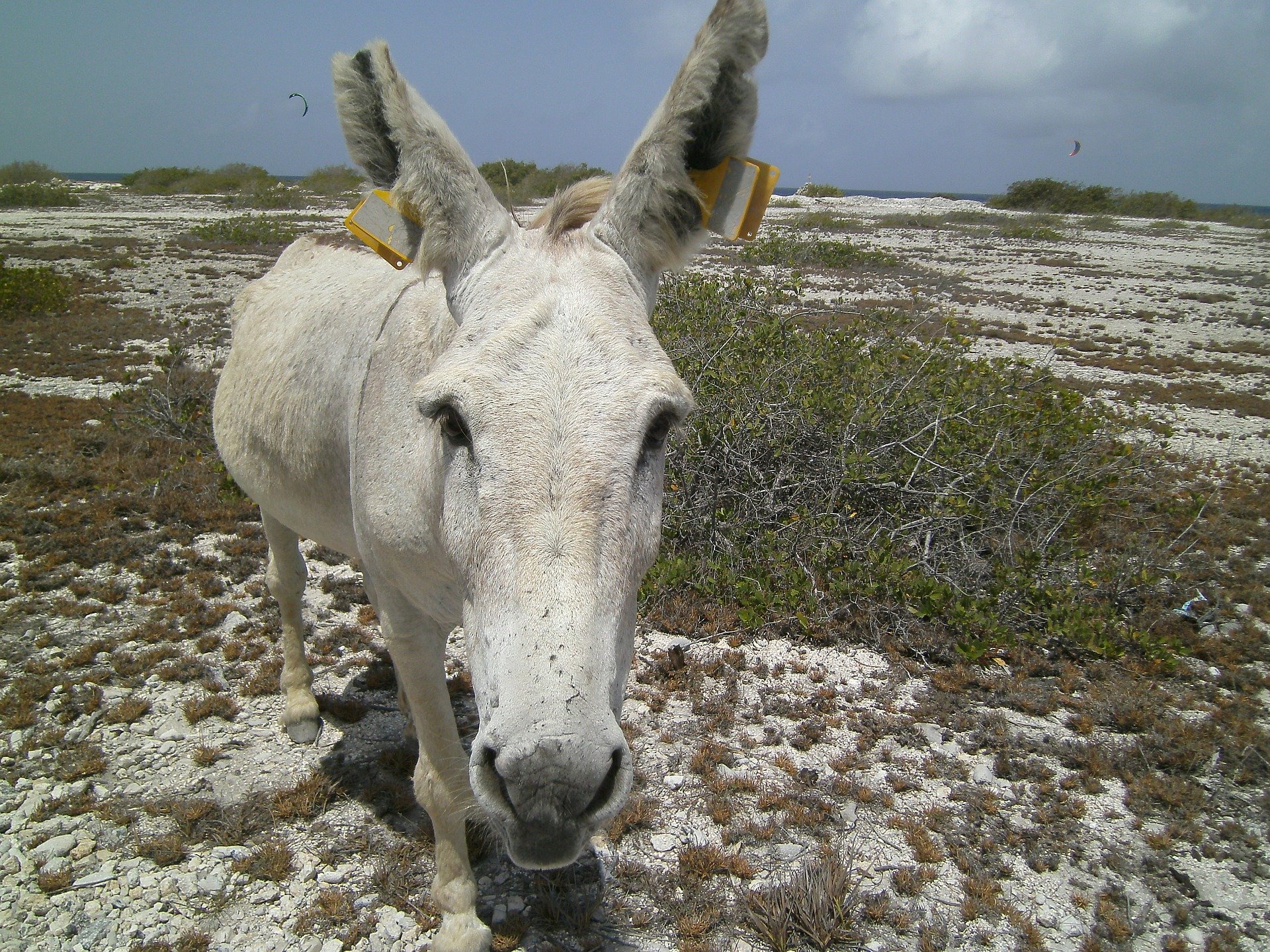
Donkey Beach gets its name from the wild donkeys that roam the area, which are a common sight on the island. Visitors can take a leisurely stroll along the beach, watching the donkeys graze on the lush vegetation, or even feed them a carrot or two.
One of the main draws of Donkey Beach is the excellent snorkeling and diving opportunities. The waters around the beach are home to a wide variety of marine life, including colorful fish, sea turtles, and coral reefs. Visitors can rent snorkeling gear or take a guided tour to explore the underwater world.
The beach is also popular for its calm waters and gentle waves, making it a great spot for swimming and sunbathing. Visitors can relax on the beach, soaking up the sun and enjoying the tropical breeze. There are also a few beachside bars and restaurants where visitors can grab a drink or a bite to eat.
Donkey Beach is also a great spot for birdwatching, as the area is home to a wide variety of bird species, including frigate birds, pelicans, and ospreys. Visitors can take a guided birdwatching tour to learn more about the different species and their habitats.
Coco Beach
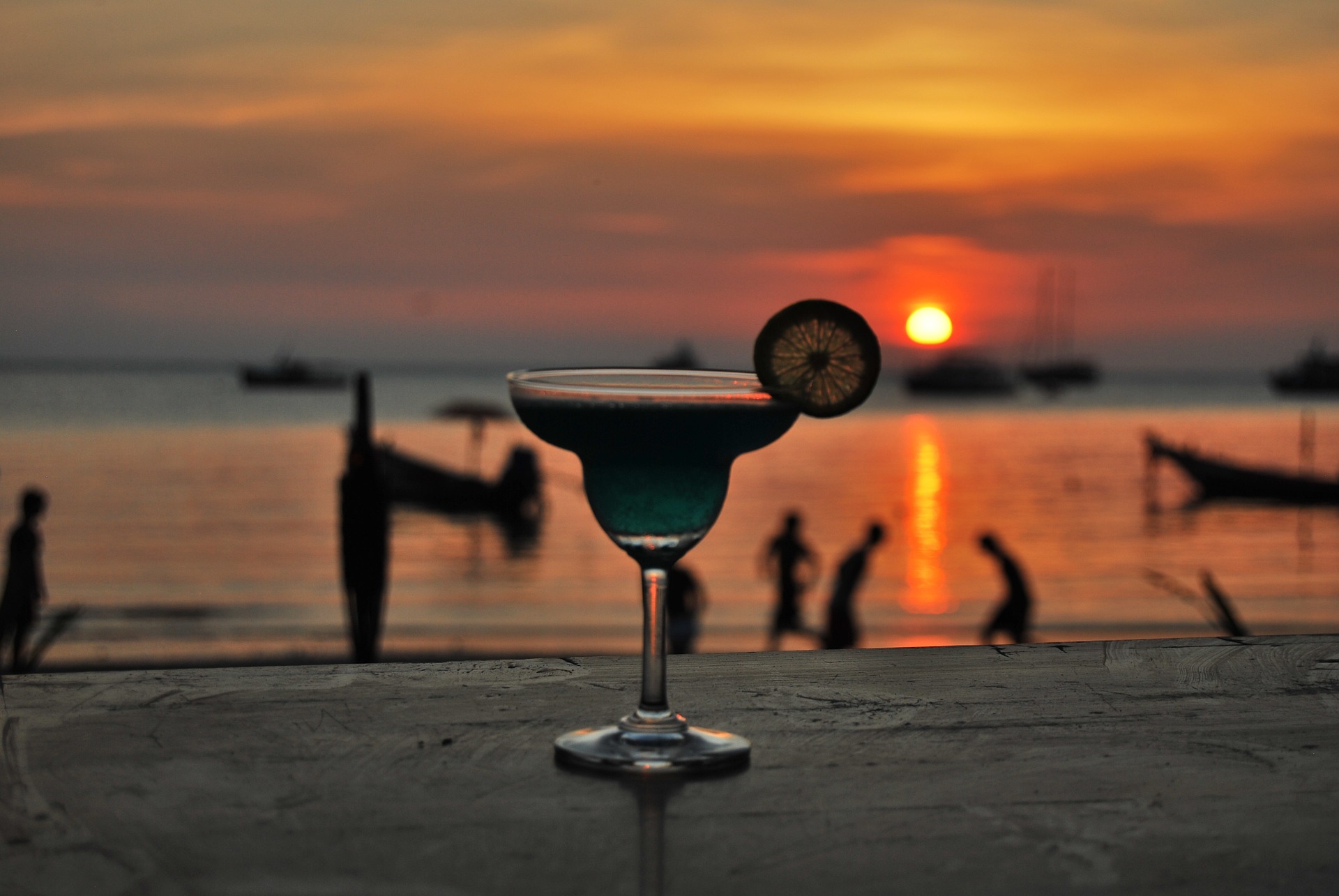
One of the unique features of Coco Beach is its location. It is situated on the southern coast of Bonaire, away from the more crowded areas of the island. This makes it a perfect spot for those looking for a peaceful and relaxing day at the beach. The water is calm and clear, making it perfect for swimming and snorkeling. The beach is also surrounded by lush vegetation, providing shade and a sense of privacy.
Coco Beach is also a great spot for diving. The waters around the beach are home to a wide variety of marine life, including colorful fish, turtles, and coral. The coral reefs here are some of the most beautiful in the Caribbean, with a wide range of colors and shapes. Divers can explore the many nooks and crannies of the reef, and discover the hidden gems of the underwater world.
The beach itself is also a great place to relax. The soft white sand is perfect for lounging, and there are plenty of chairs and umbrellas available for rent. There is also a small bar and restaurant on the beach, serving up delicious Caribbean cuisine and refreshing drinks.
Coco Beach is also a great spot for families. The calm waters and sandy beach make it perfect for children, and there are plenty of activities to keep them entertained. There are also several shallow areas where kids can play and explore.
Chikitu Beach
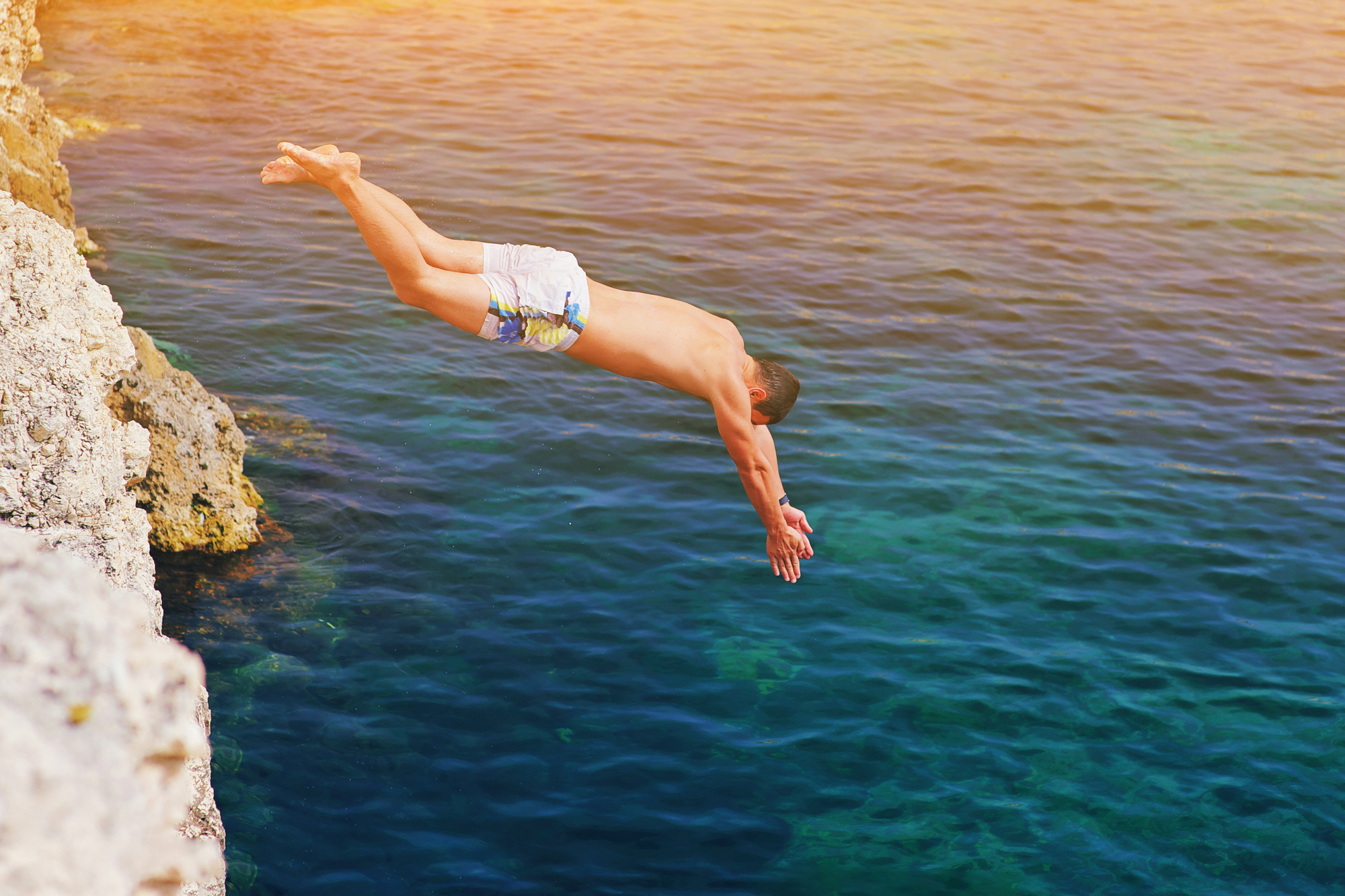
Chikitu Beach, also known as “Little Beach,” is a hidden gem located on the island of Bonaire in the Caribbean. This secluded beach is tucked away in a small bay and is known for its crystal clear water and stunning coral reefs.
The beach itself is small, but it offers a peaceful and intimate setting. The sand is soft and white, and the water is a beautiful turquoise blue. The beach is surrounded by lush vegetation, adding to the tropical paradise feel of the area.
One of the main attractions of Chikitu Beach is the snorkeling and diving opportunities. The coral reefs surrounding the beach are home to a diverse array of marine life, including colorful fish, sea turtles, and even octopus. The water is also relatively shallow, making it perfect for snorkeling.
Despite its secluded location, Chikitu Beach is easy to access. It is located on the south side of the island, and there is a small parking area nearby. Visitors can also reach the beach by foot, as it is only a short walk from the main road.
Chikitu Beach is the perfect spot for those looking for a peaceful and intimate setting. It offers a unique experience for those who are looking for a less-crowded alternative to the more popular beaches on Bonaire. With its crystal clear water and stunning coral reefs, Chikitu Beach is a must-see for anyone visiting the island.
Pink Beach
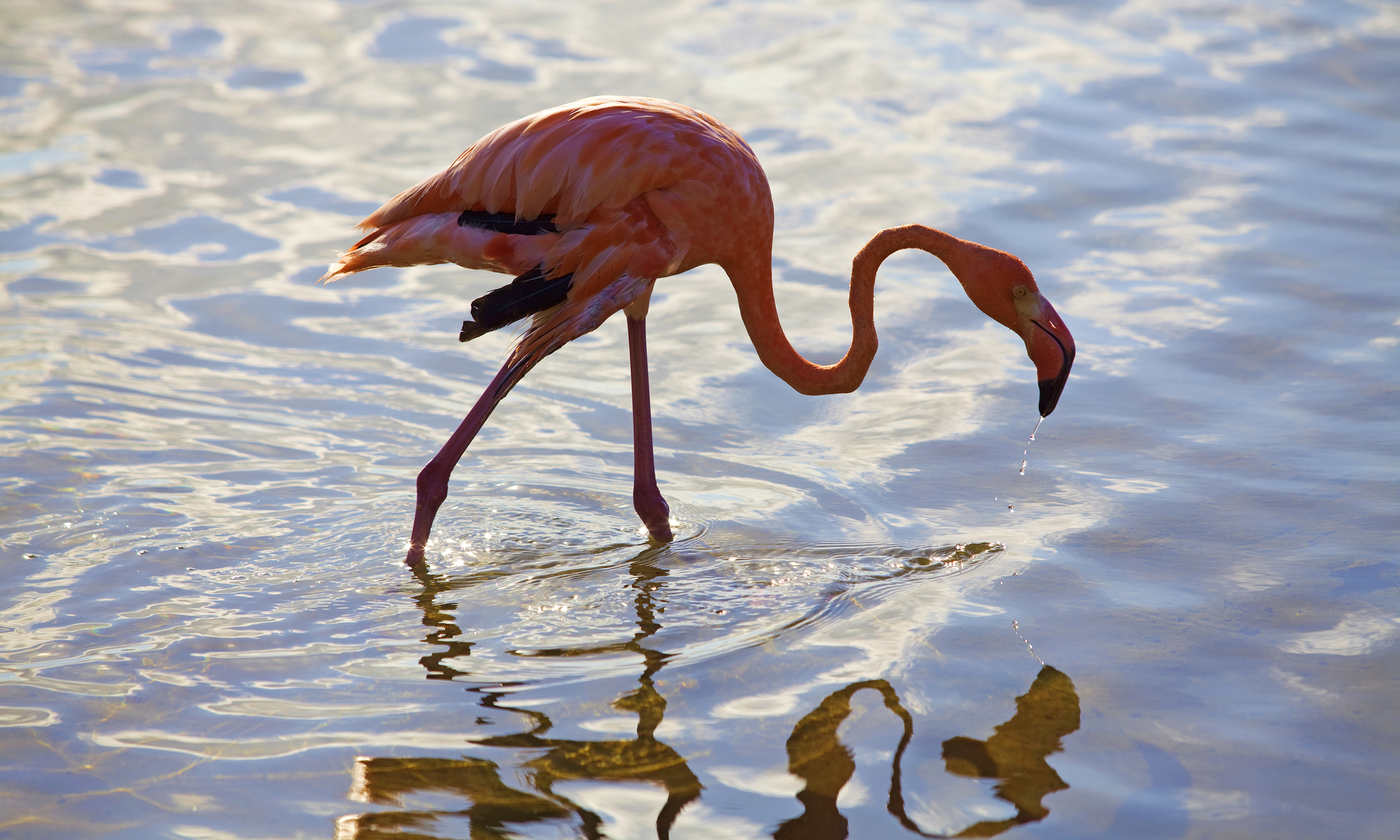
Pink Beach was one of my wife’s favorites when she came to Bonaire as a kid. However, the beach was forever changed in 1999, when storm and hurricane activity chopped up the azure waters and turned the lovely sand into crushed up, rock-filled, and laden with shells. It’s recovered some over time, but remains different from the traditionally known “Pink Beach” of Bonaire.
The beach historically gets its name from the vibrant pink hue of its sand, which is caused by the presence of a specific type of coral called red coral. This coral, which is abundant in the waters surrounding Bonaire, has a bright pink color that is visible in the sand as it is washed ashore.
The beach itself is a small and secluded stretch of sand, surrounded by lush vegetation and crystal clear waters. The water is a vibrant blue and is perfect for swimming and snorkeling. The coral reef that surrounds the beach is home to a wide variety of marine life, including tropical fish, starfish, and even sea turtles. Visitors can take a snorkeling tour to explore the reef and see all the colorful creatures that call it home.
Pink Beach is also a popular spot for sunbathing and relaxing. The beach is well-maintained and offers plenty of shade and seating for visitors. There are also several beachside bars and restaurants where visitors can enjoy a refreshing drink or a delicious meal while taking in the beautiful views.
One of the most unique features of Pink Beach is the abundance of Flamingos that can be found in the area. The beach is located near a large salt pan, which is a favorite feeding ground for these beautiful birds. Visitors can take a guided tour to see the Flamingos in their natural habitat or even take a kayak tour to get a closer look.
Slagbaai Beach
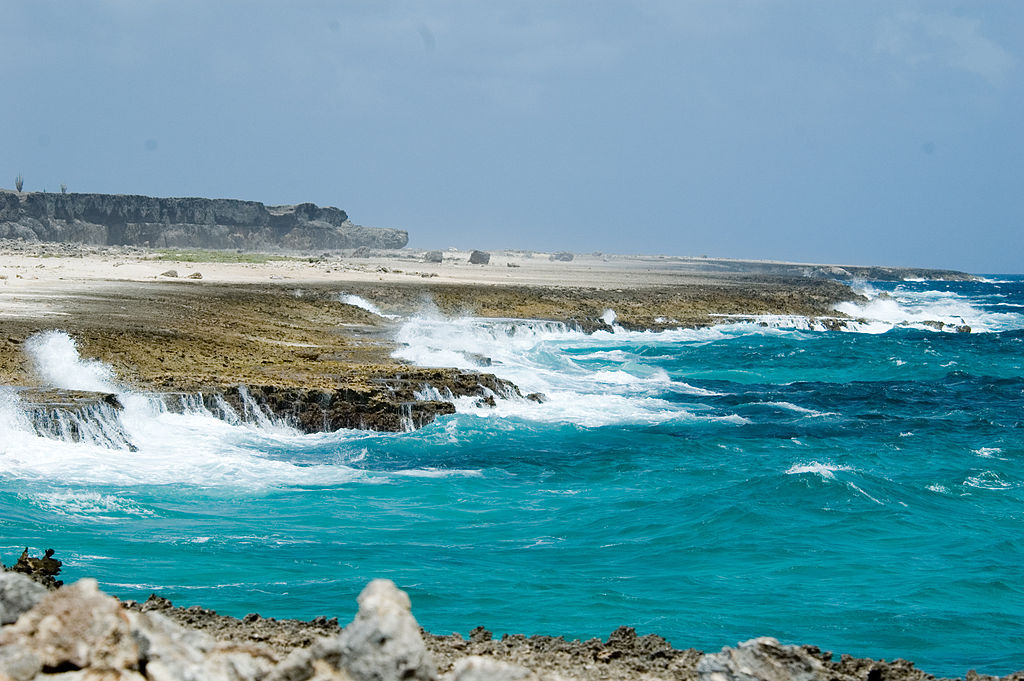
Paul Asman and Jill Lenoble [CC BY (https://creativecommons.org/licenses/by/2.0)]
The beach is surrounded by rugged cliffs and rocky outcroppings, which provide a picturesque backdrop for visitors. The water at Slagbaai Beach is crystal clear and perfect for swimming, snorkeling, and diving. The beach is also a popular spot for windsurfing and kitesurfing, as the wind and waves are ideal for these activities.
The beach is also home to a variety of marine life, including colorful tropical fish, sea turtles, and even dolphins. Snorkelers and divers can explore the coral reefs that are located just offshore, which are home to a diverse array of marine life.
Visitors can also take a hike along the cliffs that surround the beach, which offer stunning views of the Caribbean Sea and the surrounding landscape. The beach is also a popular spot for bird watching, as the cliffs are home to a variety of bird species, including pelicans, frigate birds, and terns.
Slagbaai Beach is also a great spot for families, as there are several facilities available, such as restrooms, picnic areas, and a playground. The beach also has a small restaurant, where visitors can grab a bite to eat or a drink.
Lac Cai
Lac Cai is a man-made lake located on the island. It is located in the northern part of Bonaire, near the town of Rincon. The lake was created in the early 1990s as part of a government-funded project to provide a source of fresh water for the local population.
The lake is surrounded by lush vegetation, including tall palm trees and colorful tropical flowers. It is also home to a variety of wildlife, including waterfowl and fish. Visitors to Lac Cai can enjoy a variety of activities, such as fishing, boating, and birdwatching.
One of the most popular activities at Lac Cai is fishing. The lake is stocked with a variety of fish species, including tilapia, catfish, and carp. Anglers can use a variety of techniques, including casting, trolling, and fly-fishing. The lake is also home to a number of fishing tournaments throughout the year.
Sorobon Fisherman’s Huts
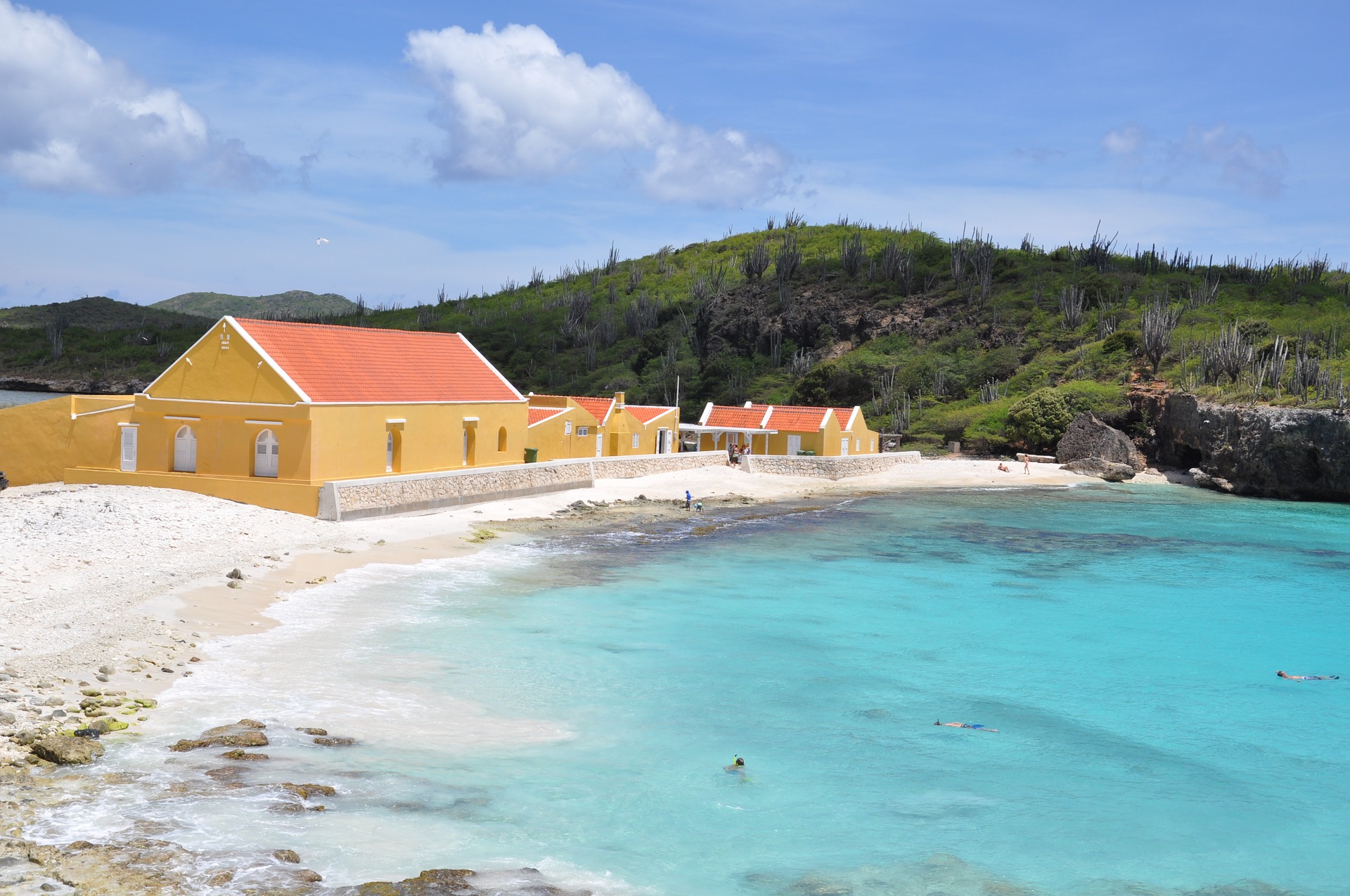
The old fisherman’s huts at Sorobon are still a great spot to view them at their craft, and enjoy some casual dips in nearby water! It’s a relaxing spot away from the hustle and bustle of the rest of Bonaire.
